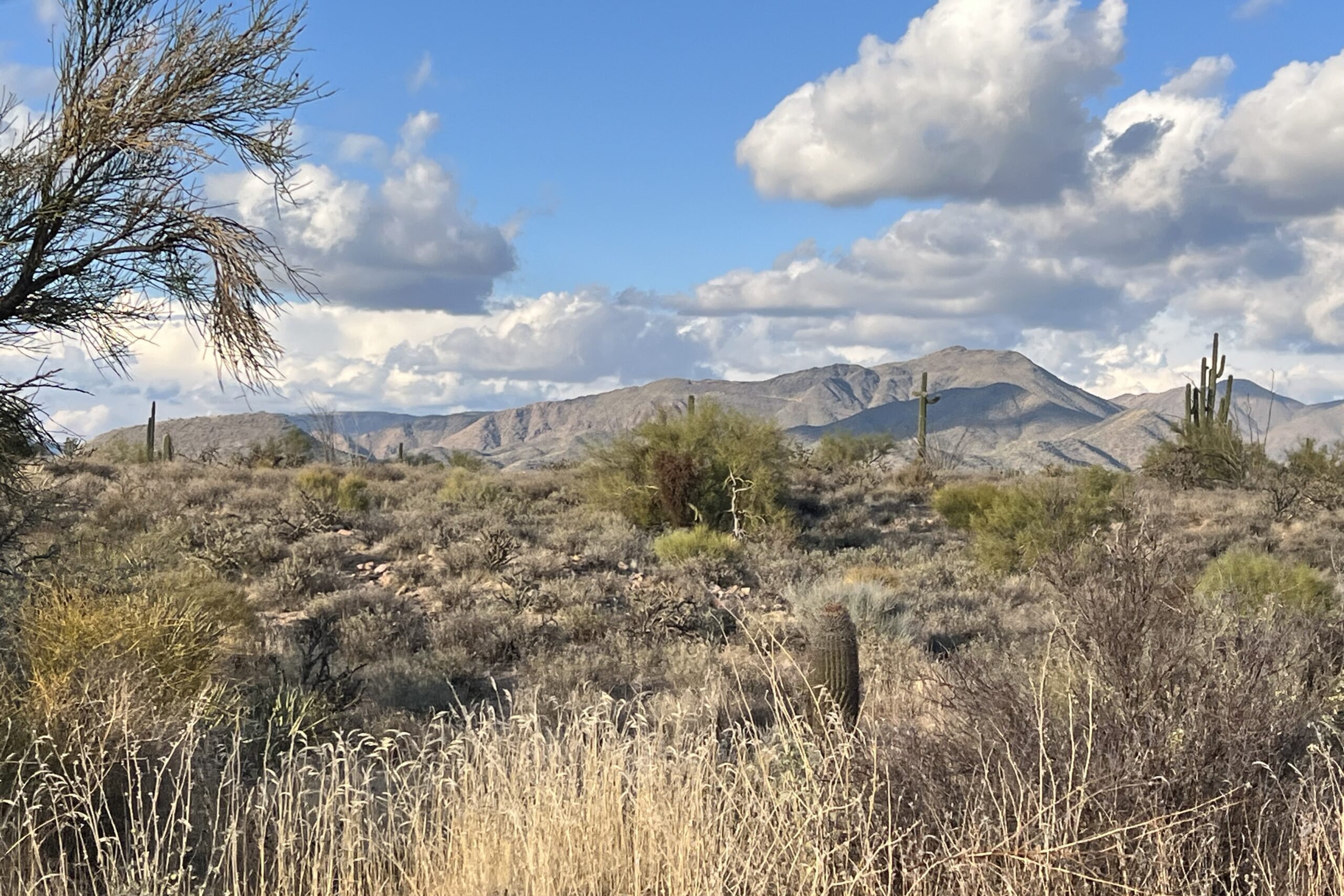Trail of Necessity

Forging Arizona’s First Superhighway
Writer Joseph J. Airdo
Local historian Jim Sherbert paints a vivid picture of the challenges that gave birth to the historic trail winding through a 48-acre parcel of pristine Sonoran Desert that a local nonprofit hopes to preserve as Carefree’s first community park.
“Every place begins with a spark — an event or a practical need that inspires others to follow — and the Carefree-Cave Creek area is no different,” Sherbert explains. “Much of its early prominence can be traced to U.S. Army Col. George Stoneman.”
In 1870, Stoneman — a Civil War general who had served under Ulysses S. Grant but reportedly was not in his good graces — found himself appointed commander of Fort McDowell, one of the most isolated and desolate military posts in the country. The few hundred soldiers stationed on the Verde River were tasked with controlling Tonto Apache bands throughout the Verde and Gila river valleys.
The logistics were daunting. The nearest significant town was Tucson, about 150 miles south. Weekly resupply came from Fort Whipple near Prescott — also nearly 150 miles away. Phoenix did not yet exist. Fort McDowell struggled with chronic shortages of vital necessities and ammunition.
Seeking solutions, Stoneman consulted local miners about a shorter supply route. They told him of a small spring flowing from a cave roughly halfway between the two forts, with enough water and forage for animals. Stoneman quickly ordered construction of a supply road between the forts, cutting the supply timeline roughly in half.
“This route became known as the Stoneman Military Trail, later simply the Stoneman Road,” Sherbert notes. “Cave Creek became the central hub of the Stoneman Road and, as often happens, entrepreneurs followed the Army, establishing businesses to serve both the military and local miners.”
This activity eventually led to the development of Cave Creek Road, connecting the newly founded city of Phoenix (established in the early 1880s) to the Cave Creek region.
After the final Apache surrender in the late 1870s, the Army abandoned the Stoneman Road and Fort McDowell closed. Even so, the road remained the primary route for local ranchers and miners. Carefree wouldn’t be developed for another 70-plus years, but the segment running through the proposed park represents one of the last visible sections of the original route.
“It is not uncommon to find artifacts — items likely discarded 150 years ago — along what remains of this historic trail,” Sherbert observes.
For Sherbert, preservation extends beyond sentiment. In a region where few residents are truly “locals,” historical sites offer opportunities for community engagement with the area’s heritage.
“Arizona was the last of the 48 contiguous states admitted to the union because it was hard to reach — and, once here, hard to survive,” he reflects. “While the state lacks major national milestones like Civil War battlefields or the Oregon Trail, its history is defined by countless individual achievements that deserve acknowledgment. Our region is rich with these smaller historic episodes — such as the Stoneman Road — that should be preserved as part of our shared heritage.”
Today, as community advocates work to preserve this historic corridor within a proposed park, Sherbert sees an opportunity for Carefree to honor its heritage while giving both residents and visitors reasons to discover what the area offers.
“The Stoneman Road can be one of those reasons,” he says.

